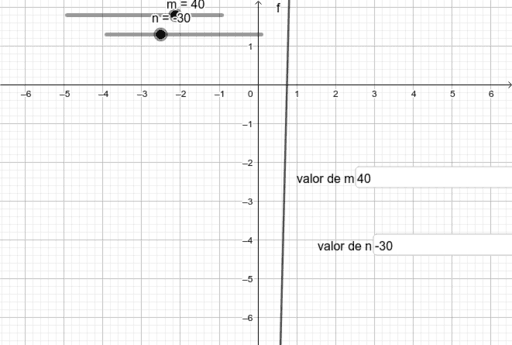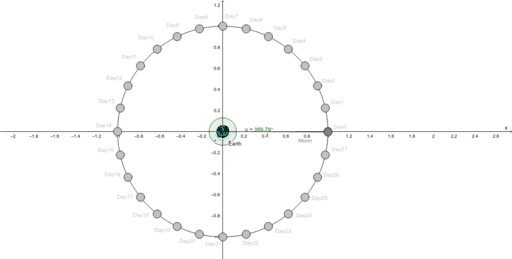

Let ΕΘ be drawn perpendicular to ΓΔ from Ε: it is clear that it bisects ΓΔ. This makes the figure a bit easier to manipulate, and also seemed easier to implement in GeoGebra. In the diagram, I have made the ruler’s position depend on the position of Η instead. The text refers to moving the ruler ΖΒΗ around Β, and hence the position of Η depends on the position of the ruler. It should be noted that this isn’t exactly what Heron is doing. When they coincide, the lines ΗΕ and ΕΖ are equal. I have added the circles: by moving the point Η, the radii of the circles are adjusted. Let ΔΓ and ΔΑ be projected, and let a straightedge be conceived, as ΖΒΗ, being moved around some knob that remains fixed at Β, and moving, until it cuts the two segments from E equally, that is, ΕΗ and ΕΖ.Īnd let it (the straightedge) be conceived, having as position ΖΒΗ, and having cut equally, as was said before, the segments ΕΗ and ΕΖ.Ībove: Heron’s Diagram.

Let them be placed, so that they contain a right angle at Β, and let the parallelogram ΒΔ be completed, and let ΑΓ and ΒΔ be joined. ( Heiberg 58.17) Let there be two given straight lines ΑΒ and ΒΓ, between which it is necessary to find two mean proportionals. Heron wrote on a wide range of topics, from plane and solid geometry to optics, surveying, and mechanics not all of his works survive. Probably most familiar to modern students because of Heron’s formula for the area of a triangle in terms of its sides and semiperimeter. Biographical note: Heron (or Hero) of Alexandria (ca 65 CE–ca 125 CE).


 0 kommentar(er)
0 kommentar(er)
